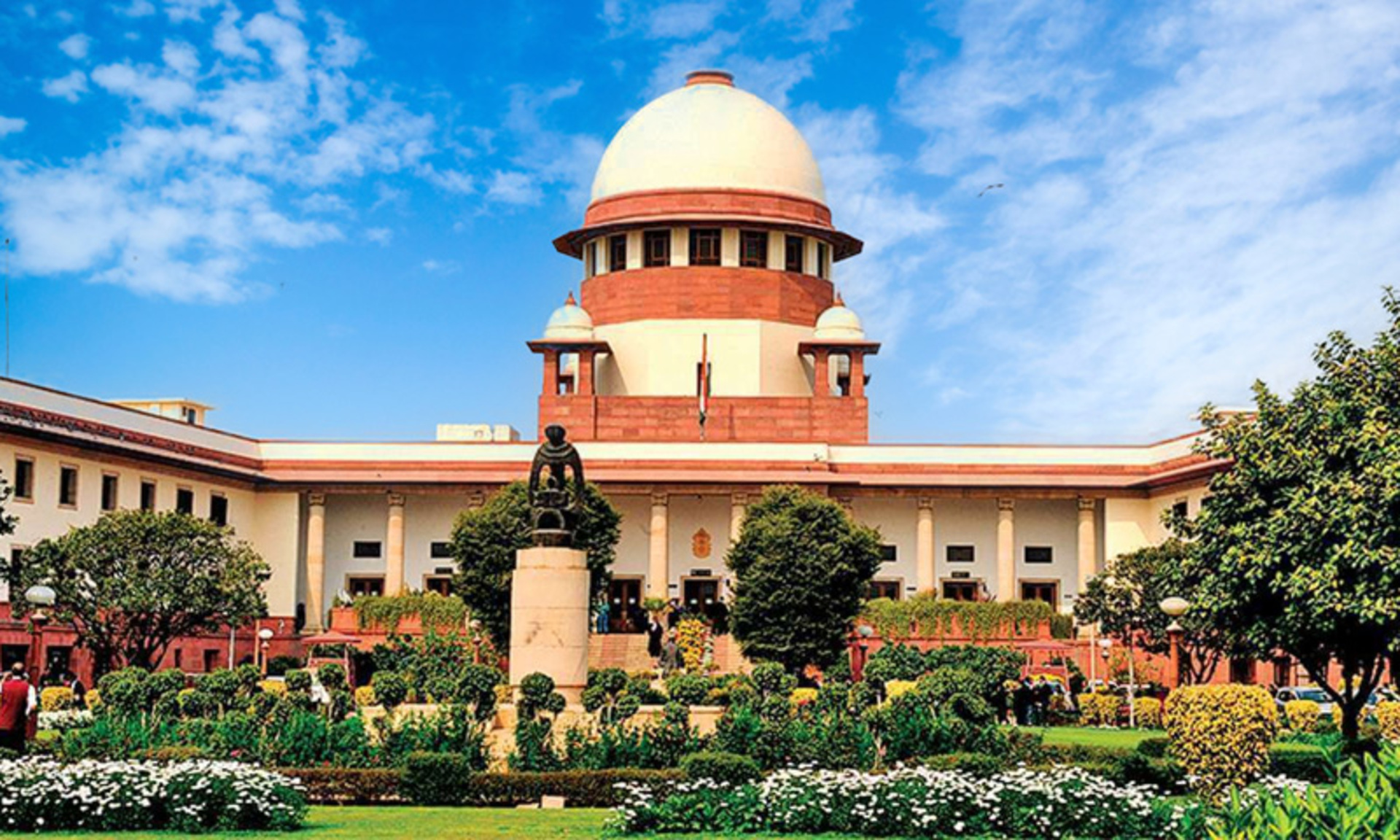Context:
Supreme Court holds that Sub Categorisation within a class is a constitutional requirement to secure Substantive equality if the social position of the constituents is not comparable.
Backgroud:
- Article 341 of the constitution allows the President, through a public notification, to list as SC “castes, races or tribes” that suffered from the historical injustice of untouchability.
- SC groups are jointly accorded 15% reservation in education and public employment
- But some groups within the SC list have been underrepresented.
- In 1975, Punjab issued a notification giving first preference in SC reservations to the Balmiki and Mazhabi Sikh communities.
- This was challenged in 2004 after the apex court struck down a similar law in Andhra Pradesh in EV Chinnnaiah case.
- The court had held that any attempts to create a differentiation within the SC list would essentially amount to tinkering with it, for which the Constitution did not empower states.
- Article 341 only empowers the President to issue such a notification, and Parliament to make additions or deletions to the list.
- The Court also said that Sub-Classifying SCs violates the right to equality under Article 14
6:1 Majority judgment:
- The majority judgement overruled a 2005 verdict in the E.V. chinnaiah case.
- Scheduled Castes notified by the President under Article 341(1) was composed of Heterogenous groups of castes with varying degrees of backwardness.
- Thus, the state in exercise of the power under Article 15(4) and 16(4) can further classify the Scheduled Castes if there is a rational principle for differentiation.
- If the rational principle has a nexus with the purpose of sub-classification.
- States have to produce empirical data to support their claim that a sub-class requires more beneficial treatment.
Conclusion:
- The Principle of subclassification will be applicable to Scheduled castes if the social position of the Constituents amoung the castes/groups is not comparable.
- Sub-categorisation with in a class is a constitutional requirement to secure substantive equality.
Exercise: "Try to give 4-5 arguments for and against sub-classification of Caste".
- Substantative Equality: Substantive equality recognizes that the law must take elements such as discrimination, marginalization, and unequal distribution into account in order to achieve equal results for basic human rights.
- Affirmative Action: Affirmative action seeks to reverse historical trends of discrimination against individuals with certain identities.
